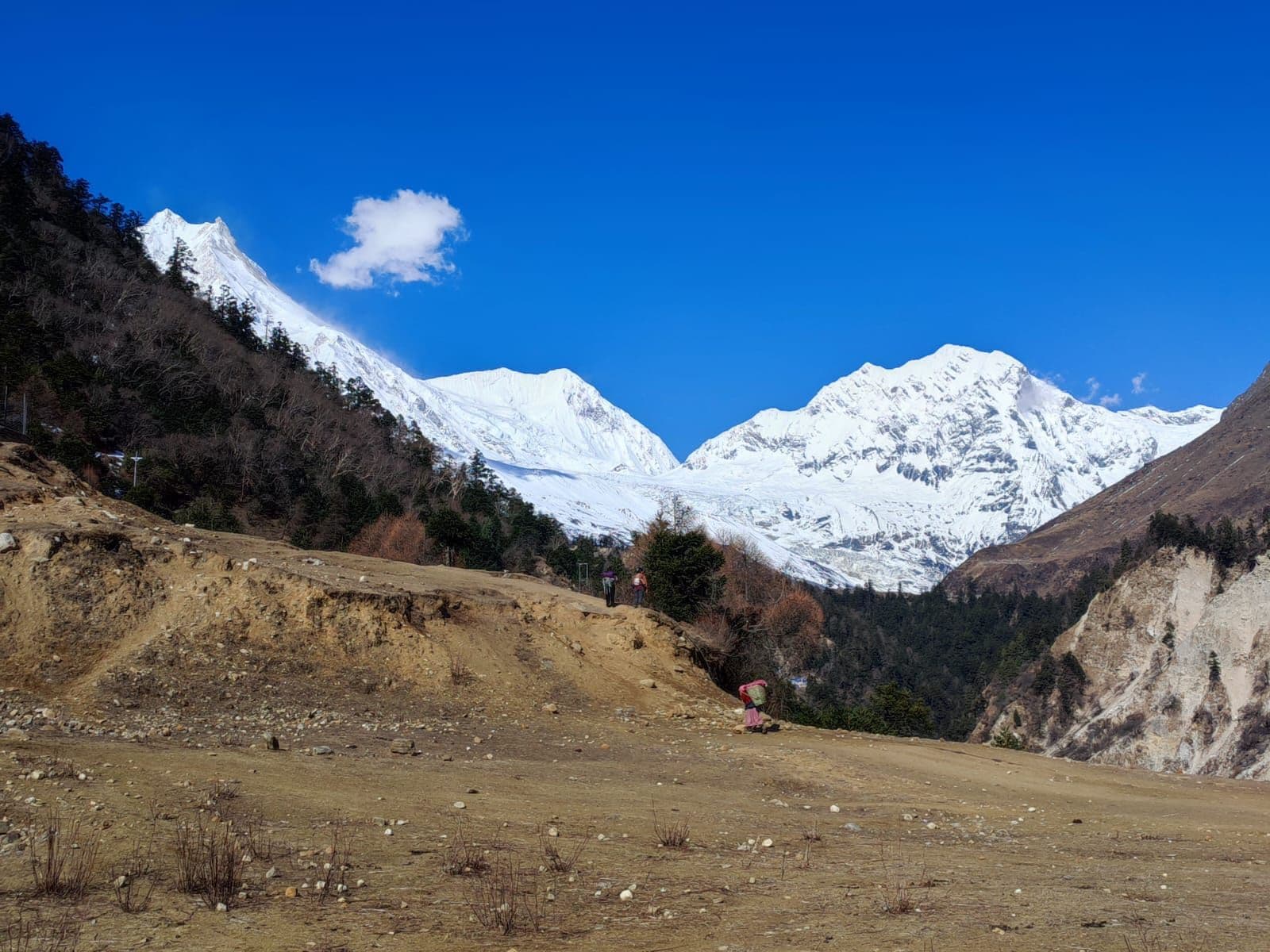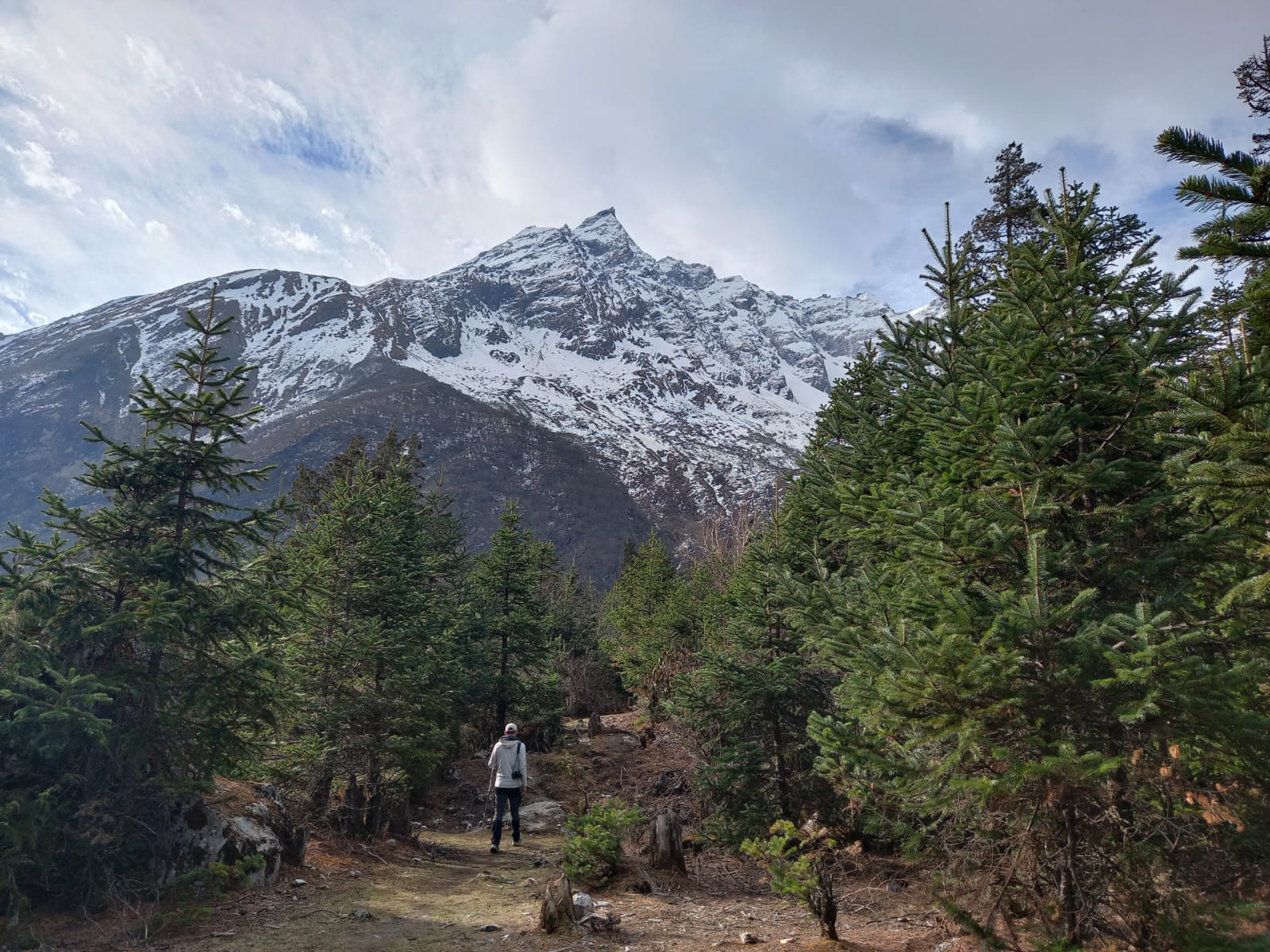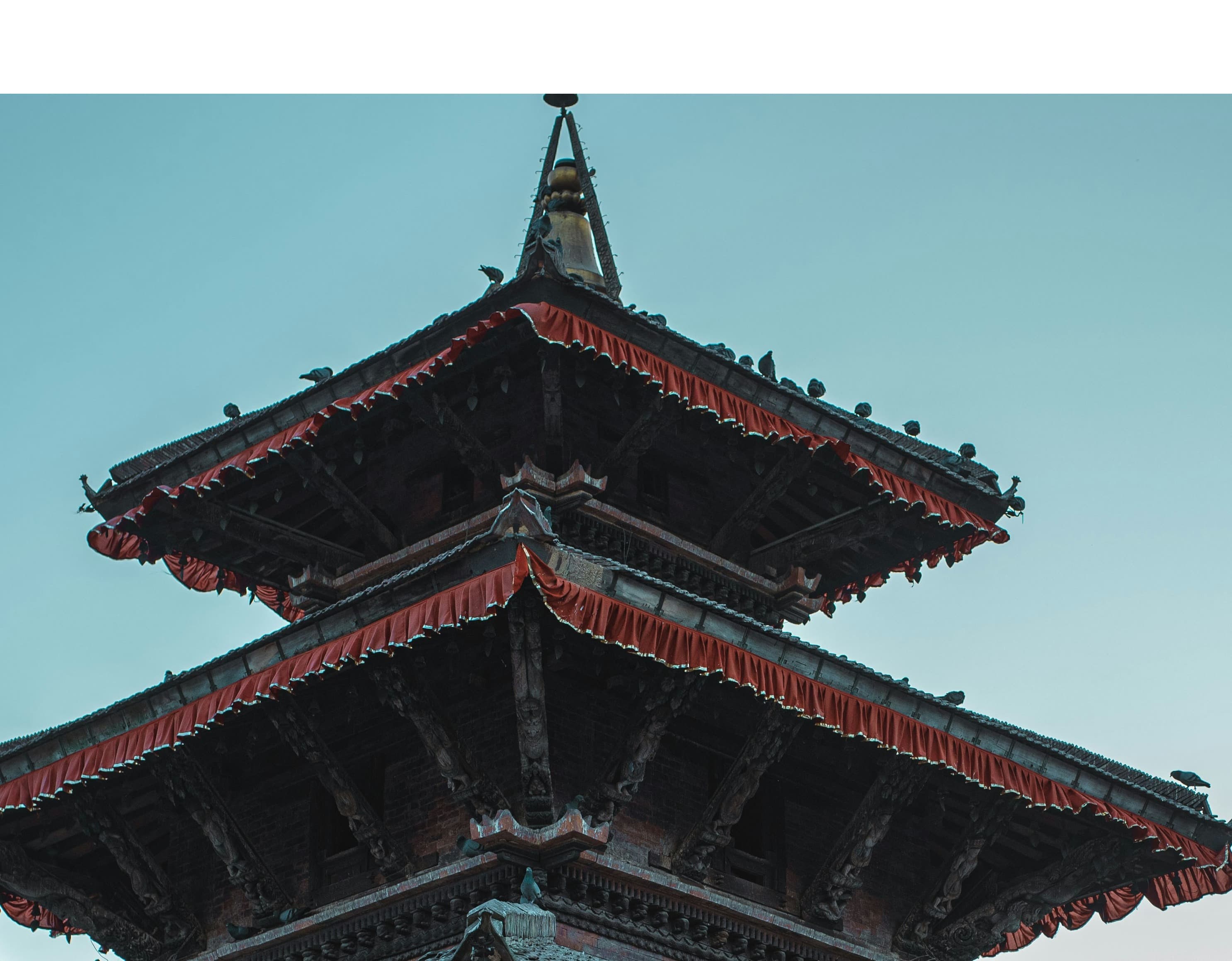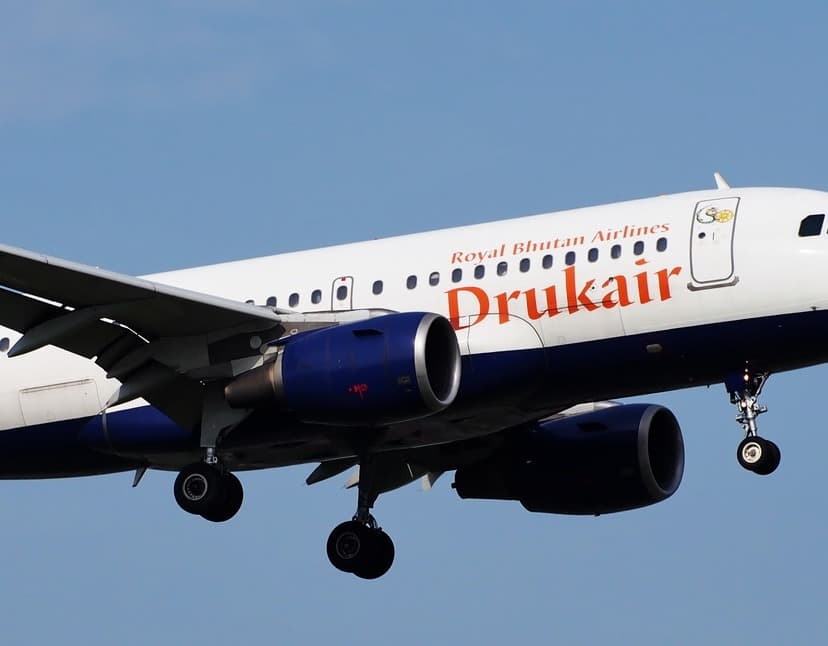Trekking to Manaslu, nestled in the heart of the Himalayas, is an awe-inspiring journey that lures adventurers seeking a less trodden path combined with breathtaking landscapes and rich cultural experiences. The Manaslu Circuit Trek, a challenging yet rewarding expedition, circles the majestic Manaslu peak, the eighth highest mountain in the world, standing at an imposing 8,163 meters. This trek offers a stunning blend of high-altitude scenery, from lush green forests to rugged mountain terrains, and provides a closer insight into the lives of the ethnic communities residing in the region.
Starting typically from the town of Soti Khola, the trek gradually ascends through the Budhi Gandaki Valley, which is characterized by deep gorges, roaring rivers, and verdant forests. As the trail climbs higher, trekkers enter the Nupri region, where Tibetan influences are predominant, noticeable in the architecture, language, and customs of the local people. The trail leads to the historical village of Samagaon, which serves as the base for acclimatization and exploration around Manaslu.
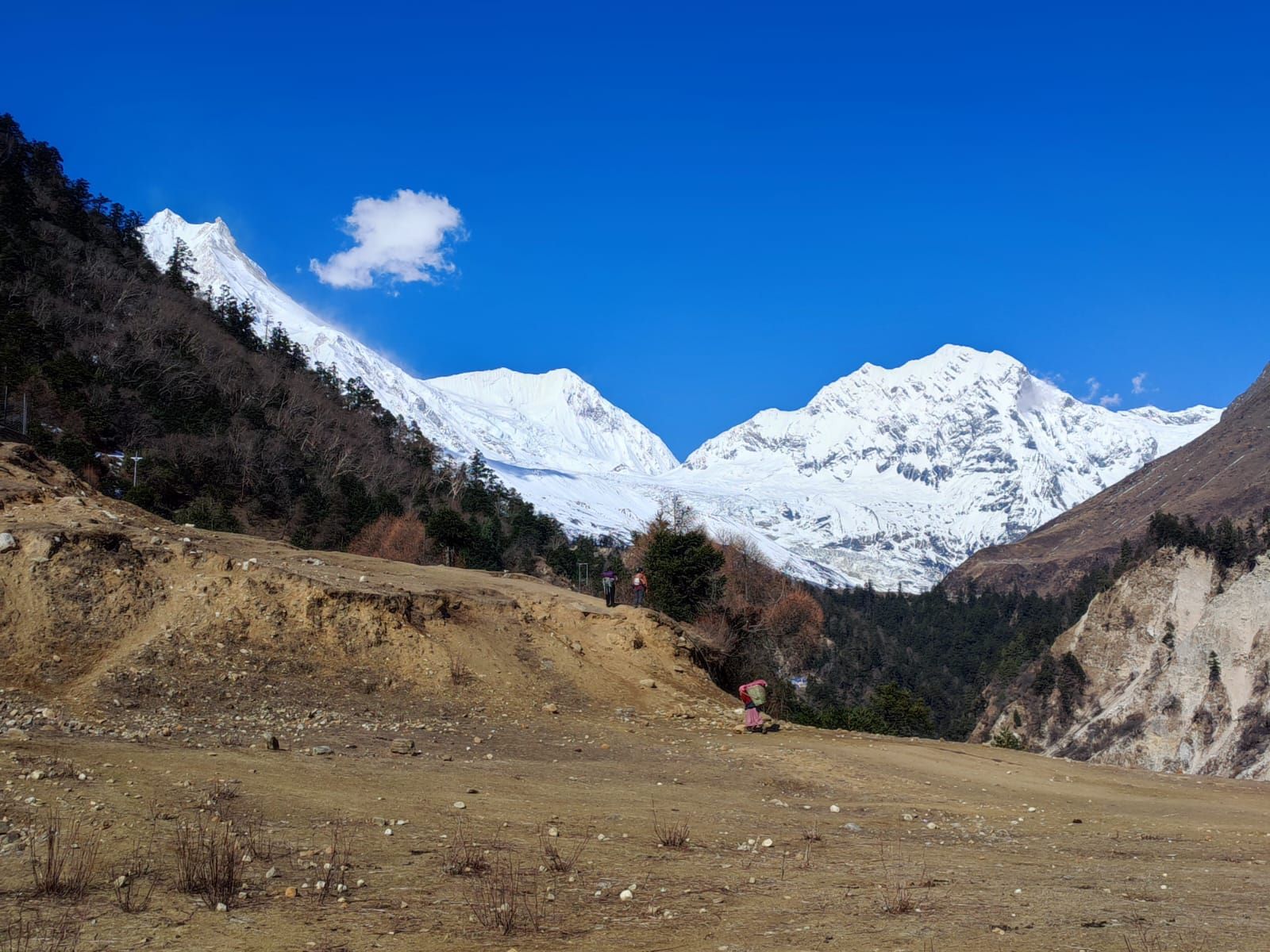
One of the major highlights of the trek is crossing the Larkya La Pass, which at 5,106 meters, presents trekkers with panoramic views of snow-capped peaks and icy landscapes. This challenging pass is often covered in snow and demands good physical fitness and proper acclimatization. The sense of accomplishment upon reaching the top is unparalleled, with spectacular views that include Himlung Himal, Cheo Himal, and the Annapurna range, making the arduous journey worthwhile.
The descent from Larkya La leads to the tranquil Bhimthang and eventually to Dharapani, where the Manaslu Circuit meets the well-known Annapurna Circuit. Throughout the trek, one can witness an array of flora and fauna unique to the Himalayan ecosystem. The conservation area around Manaslu is home to endangered species such as the snow leopard and the red panda, adding an element of excitement for wildlife enthusiasts.
Culturally, the trek is equally enriching. The trail passes through several monasteries, chortens, and mani walls, which are adorned with ancient Buddhist scriptures. These sacred sites offer a serene environment and a glimpse into the spiritual practices that play an integral role in the daily lives of the local people. Trekkers often participate in local customs and festivals, gaining invaluable insight into the community's way of life and their deep-rooted traditions.
Highlights:
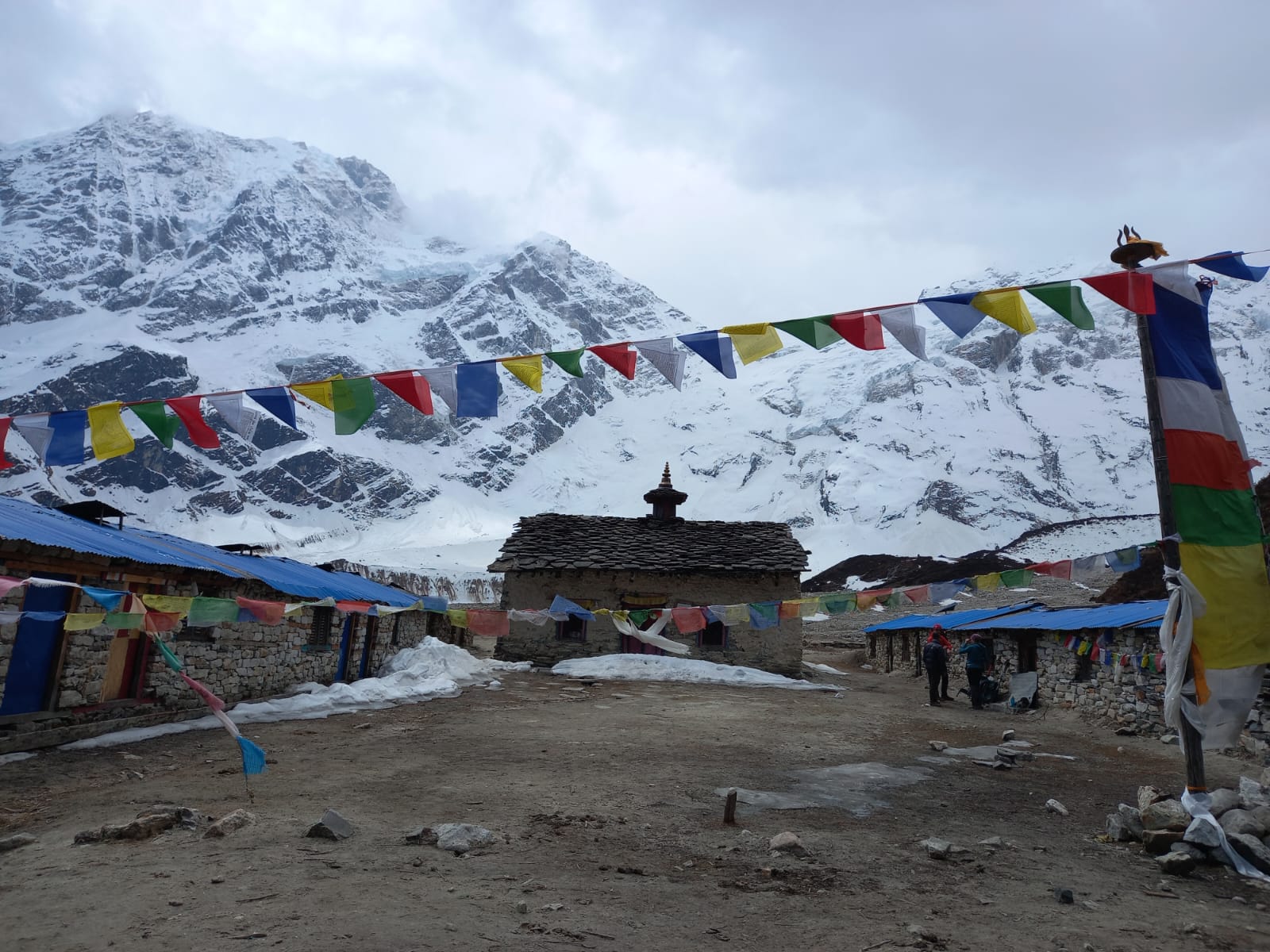
The Manaslu trek in Nepal, also known as the Manaslu Circuit Trek, is renowned for its remote and majestic landscapes, and offers a series of highlights that make it a unique and exhilarating experience for trekkers. Here are some of the best highlights of Manaslu trekking with details:
Soti Khola to Maccha Khola: The trek begins at Soti Khola and moves through lush subtropical forests along the Budhi Gandaki River towards Maccha Khola. This initial part of the journey introduces trekkers to cascading waterfalls and small villages, setting the stage for the cultural and natural beauty to come.
Deng to Namrung through Prok Village: Between Deng and Namrung, the trail offers a detour to Prok Village which provides an opportunity to visit the Gompa (monastery) with stunning views of Siringi Himal. This segment features a significant Tibetan influence with chortens and mani walls, which are stone walls inscribed with Buddhist prayers.
Samagaon and Pungyen Gompa: Samagaon serves as a crucial acclimatization stop. From here, trekkers can make a side trip to Pungyen Gompa, an ancient monastery with dramatic views of the glaciers and the towering Manaslu itself. This is an excellent spot for understanding local religious practices and for enjoying some of the most spectacular mountain vistas.
Manaslu Base Camp: For those willing to add a day trek to their itinerary, a trip from Samagaon to Manaslu Base Camp offers an up-close view of Manaslu’s immense north face. This is a tough trek but rewards with unparalleled views of Manaslu and surrounding peaks and glaciers.
Crossing Larkya La Pass (5,106 meters): The crossing of the Larkya La Pass is the most challenging and thrilling part of the trek. It is also the highest point of the trek, providing awe-inspiring views of Himlung Himal, Cheo Himal, Kang Guru, and Annapurna II. The pass is typically covered in snow and demands good physical conditioning and acclimatization.
Bhimthang to Dharapani: After crossing the Larkya La Pass, the descent to Bhimthang and eventually to Dharapani offers a change in landscape from barren alpine to lush forests and traditional villages. This part of the trek is less physically demanding and allows for some relaxing days enjoying the beauty of the Manaslu Conservation Area.
Rich Biodiversity: The Manaslu region is a part of the Manaslu Conservation Area which boasts rich biodiversity. Trekkers often spot rare flora and fauna, including the Himalayan tahr, snow leopard, and various species of birds.
Cultural Interaction: Throughout the trek, travelers encounter diverse ethnic groups including the Nubri and Tsum, whose unique languages, customs, and practices are influenced heavily by Tibetan culture. Homestays and interactions with locals provide a deep insight into their lifestyles and hospitality.
Each of these highlights offers a unique aspect of the Manaslu trek, making it a deeply enriching experience both in terms of physical adventure and cultural immersion. The journey around Manaslu is less crowded compared to its more famous counterparts like the Annapurna Circuit or Everest Base Camp trek, offering a more secluded and authentic experience.
Basic Information of Manaslu Treks:
The Manaslu Circuit Trek in Nepal offers a remarkable journey through remote landscapes and rich cultural experiences. Here are some additional details about the trek that may be useful for planning:
Transportation and Starting Point
The trek typically starts at Soti Khola, which is about a 7-9 hour drive from Kathmandu. The journey itself is scenic and provides a glimpse into rural Nepal. You can choose to travel by local bus or hire a private jeep, with the latter being more expensive but also more comfortable .
Accommodation
Accommodations along the Manaslu Circuit are basic but adequate, consisting mainly of guesthouses and teahouses that offer food and the necessities for charging electronic devices. In higher elevations, the availability of rooms can be limited, so booking in advance is advisable, especially during peak seasons.
Permits and Regulations
The trek falls within a restricted area, requiring several permits: the Manaslu Restricted Area Permit (RAP), the Manaslu Conservation Area Project (MCAP) permit, and the Annapurna Conservation Area Project (ACAP) permit. The costs of these permits vary depending on the season and duration of the trek.
Connectivity
Wi-Fi is available at many teahouses, although the connection can be unreliable. It’s a good idea to purchase a local SIM card for more consistent access to cellular networks during the early parts of the trek. Power for charging devices is usually available, but it may come at an additional cost.
Clothing and Gear
Due to the varying altitudes and weather conditions, it’s essential to pack strategically. Essentials include layers for both warm and cold weather, sturdy, well-fitted trekking boots, a sleeping bag, trekking poles, a headlamp, sunglasses with UV protection, and a water purification system. Given the challenging nature of the trek, gear should be lightweight yet sufficient to handle the conditions.
Physical Demands and Health
The Manaslu Circuit is considered challenging due to its steep, rugged paths and high altitude, with the Larkya La Pass reaching over 5,100 meters. Adequate physical fitness, acclimatization to altitude, and preparation for potential snow conditions are crucial. Altitude sickness is a risk, so it's important to understand its signs and take necessary precautions.
This trek provides an opportunity to experience the beauty of the Himalayas away from the more crowded trails like the Everest Base Camp or Annapurna Circuit. Its combination of natural beauty, cultural richness, and the thrill of adventure make it a rewarding challenge for avid trekkers.
To embark on a Manaslu trek, here’s a general outline of what you need to consider:
-
Permits: Since Manaslu is in a restricted area, you need a Restricted Area Permit (RAP), as well as Manaslu and Annapurna Conservation Area Permits (MCAP and ACAP). These permits must be arranged through a registered trekking agency, and you cannot trek the area solo; you need to be at least in a group of two with a registered guide.
-
Transport: The journey typically starts from Kathmandu to Soti Khola, the common trek starting point, via a private jeep or local bus. The drive is scenic and takes about 7-9 hours.
-
Guides and Porters: Hiring a local guide and possibly porters is mandatory. Not only does this support local employment, but guides offer invaluable insight and assistance, ensuring safety and enriching your trekking experience.
-
Gear and Equipment: Appropriate gear is crucial, including proper trekking boots, layers for changing weather, a sleeping bag, trekking poles, and a headlamp. Checklists are available to ensure you carry everything necessary for the conditions.
-
Accommodation: Along the trek, you’ll stay in teahouses and guesthouses. Booking in advance is recommended, especially during the peak season to ensure availability.
Best Time to Trek Manaslu
The best times to trek Manaslu are during the pre-monsoon spring months of March, April, and May, and the post-monsoon autumn months of October and November. These periods offer the clearest skies, safest weather conditions, and the best mountain views.
- Spring: The landscape is particularly vibrant during spring, with rhododendrons and other flowers in bloom.
- Autumn: This is the most popular trekking season in Nepal due to stable weather and excellent visibility.
Avoid monsoon season (June through early September) as the paths can be slippery and the views obscured by clouds. Winter treks are possible but come with challenges like colder temperatures and potential snow blocking the high passes.
FAQs of Manaslu Trekking:
1. What is the best time of year to trek Manaslu?
The best seasons for the Manaslu Circuit Trek are during the spring months of March to May and the autumn months of October to November. These times offer stable weather and clear skies, ideal for trekking and enjoying the views.
2. Do I need a guide for the Manaslu Trek?
Yes, since Manaslu is a restricted area, you are required to trek with a licensed guide. Solo trekking is not allowed, and you must be part of a group of at least two trekkers.
3. What permits are required for the Manaslu Trek?
You need three main permits: the Manaslu Restricted Area Permit (RAP), the Manaslu Conservation Area Permit (MCAP), and the Annapurna Conservation Area Permit (ACAP).
4. How difficult is the Manaslu Trek?
The Manaslu Trek is considered challenging due to its long distances and high altitudes, including the crossing of the Larkya La Pass at over 5,100 meters. Good physical fitness and some trekking experience are recommended.
5. What are the accommodation options on the trek?
Accommodations are mainly teahouses, which offer basic rooms and meals. Facilities are simpler compared to more popular treks like the Annapurna Circuit or Everest Base Camp.
6. Can I trek Manaslu in winter?
Winter trekking in Manaslu is possible but challenging due to cold temperatures and the risk of snow blocking mountain passes, especially Larkya La. Proper winter gear and experienced guides are essential.
7. How long does it take to complete the Manaslu Trek?
The standard Manaslu Circuit Trek takes about 14 to 18 days, depending on your pace and whether you include side trips, such as a visit to Tsum Valley.
8. What is the daily cost of the Manaslu Trek?
Daily expenses can vary but generally include the cost of accommodations, meals, and fees for guides and porters. Expect to spend around $20 to $30 per day, excluding the cost of permits and transportation to the trailhead.
9. Is there a risk of altitude sickness on the Manaslu Trek?
Yes, given the high altitudes reached on this trek, there is a risk of altitude sickness. It is important to acclimatize properly and be aware of the symptoms of altitude sickness.
10. What kind of wildlife might I see on the Manaslu Trek?
The region is rich in biodiversity, and you may see species such as the Himalayan Tahr, Snow Leopard, and various birds. However, sightings of larger wildlife like the Snow Leopard are rare.
For more:
https://www.sundarnepaltreks.com/manaslu-region
https://www.sundarnepaltreks.com/manaslu-circuit-trek
https://www.sundarnepaltreks.com/tsum-valley-trek

